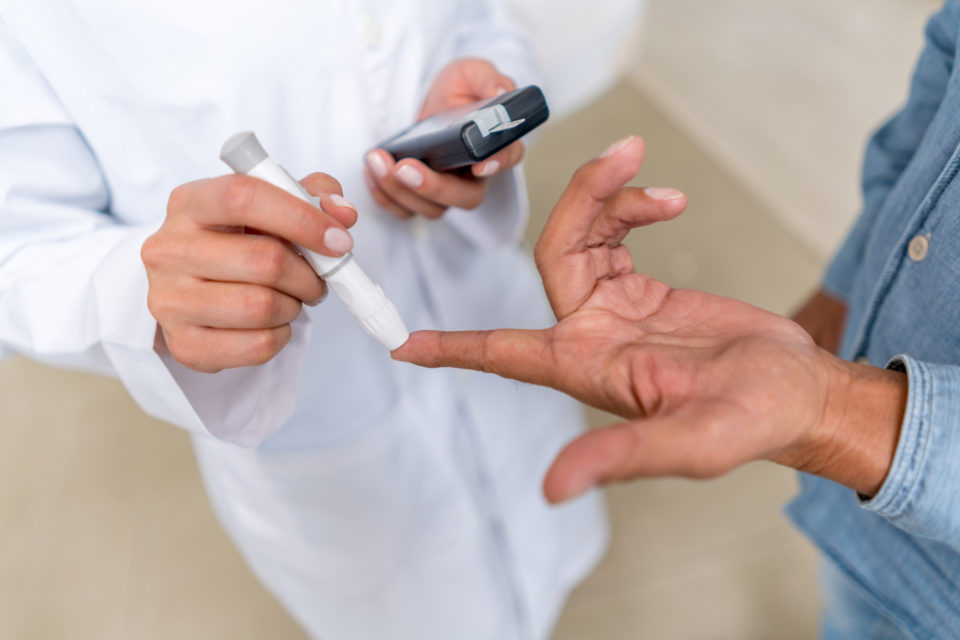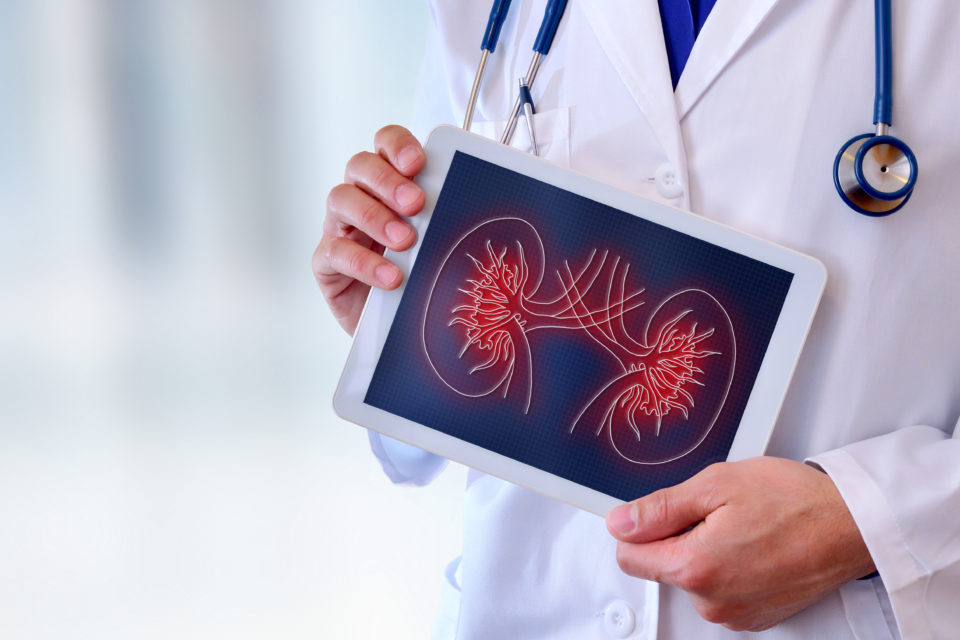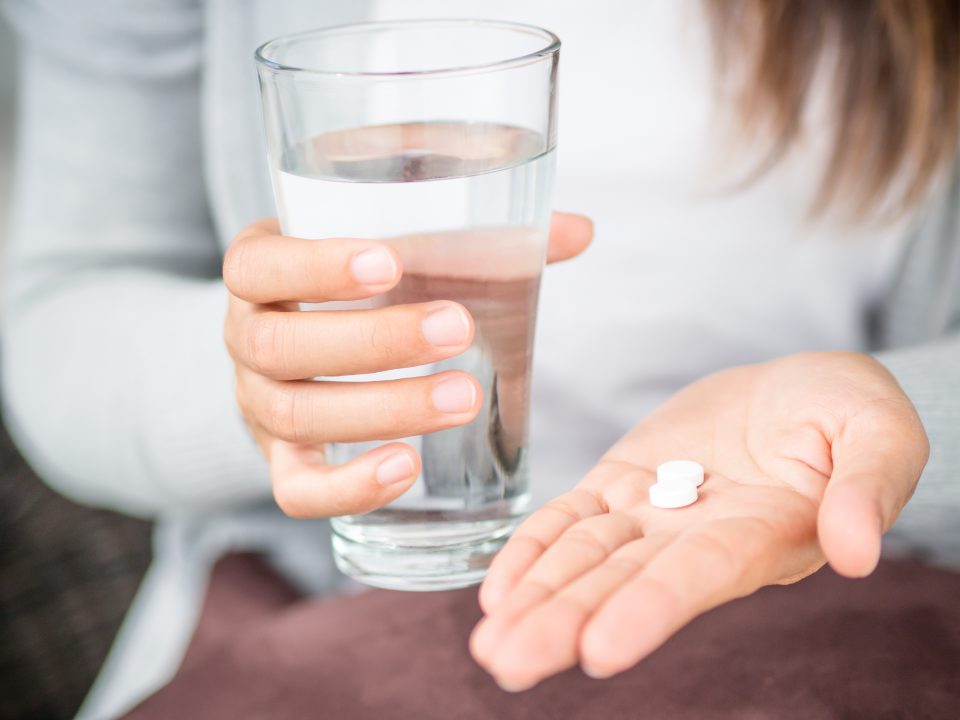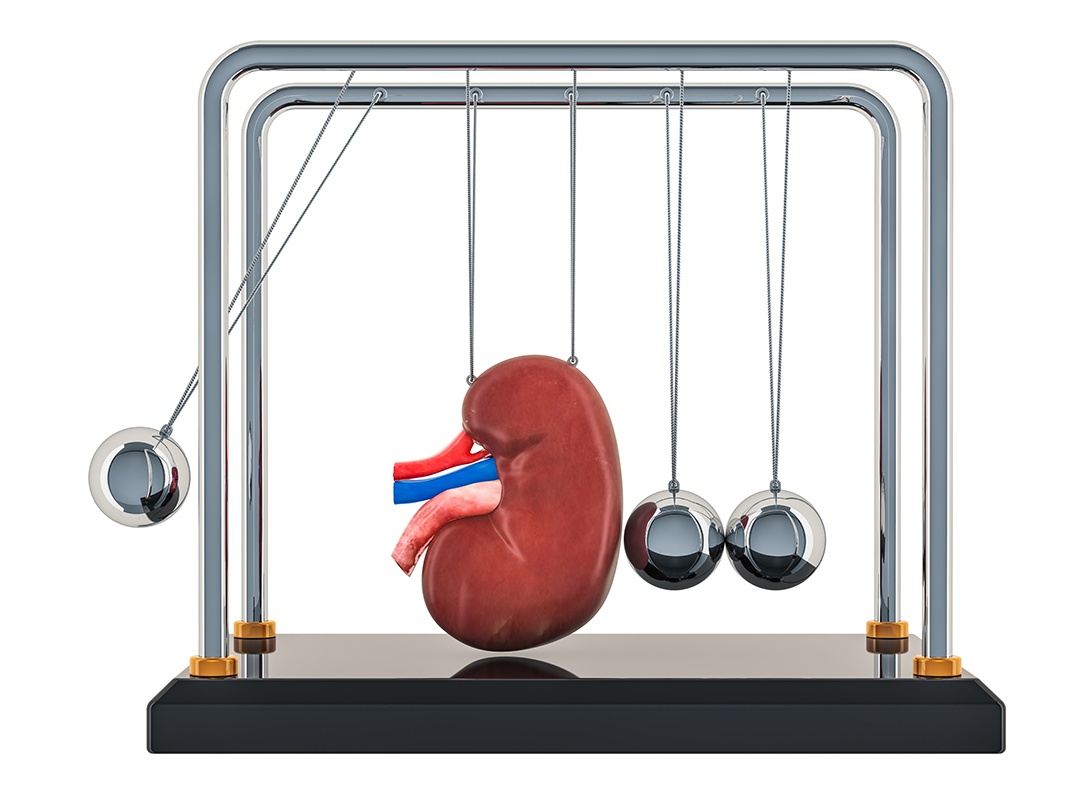
The use of continuous glucose monitors (CGMs) in managing type 1 diabetes (T1D) in pediatric patients may reduce hypoglycemia and improve glycemic control as well as satisfaction with care and technology use, according to new research.
The findings of two studies— Strategies to Enhance New Continuous Glucose Monitoring Use in Early Childhood (SENCE) and GM Intervention in Teens and Young Adults With Type 1 Diabetes (CITY)—were presented at the American Diabetes Association’s (ADA’s) 79th Scientific Sessions at the Moscone Convention Center in San Francisco.
In the SENCE study, researchers randomized 143 children (age range, two to seven years) into three groups: self-monitoring of blood glucose with a glucose meter and test strips, CGM, and CGM along with five 30-minute educational family behavioral intervention (FBI) sessions. At baseline, about 40% of patients’ time was spent in a target range of 70-180 mg/dL and 55% was higher than this range. The groups showed no time or difference in time-to-target range across the whole study period. But when comparing baseline figures to those from the end of the study, the CGM + FBI group demonstrated improved time-in-range. Children using CGM spent less time in glucose ranges less than 70 mg/dL and higher than 300 mg/dL; they also had more stable blood sugar levels and fewer severe low blood sugar events. After 26 weeks, the CGM + FBI group reported higher satisfaction with diabetes technology and said they felt less burdened by their diabetes care and less worried about hypoglycemia compared to the other two groups.
In the CITY study, researchers randomized 153 patients (age range, 14–24 years) with disease duration ≥ 12 months to either a Dexcom CGM device or self-monitoring of blood glucose. The primary outcome was six-month A1c levels. Patients had reduced hemoglobin A1c levels and reduced time blood glucose values were hyperglycemic or hypoglycemic. Most of the CGM patients (about 70%) wore the device, on average, at least five days a week; after six months, less than 10% of patients were no longer using the CGM. Glucose monitoring satisfaction was higher among the CGM group compared to the self-monitoring meter cohort.







 © 2025 Mashup Media, LLC, a Formedics Property. All Rights Reserved.
© 2025 Mashup Media, LLC, a Formedics Property. All Rights Reserved.